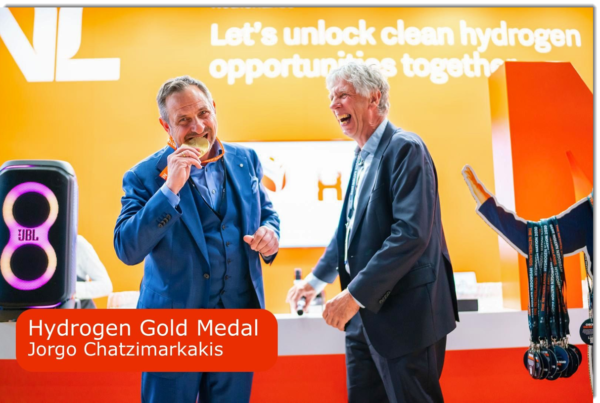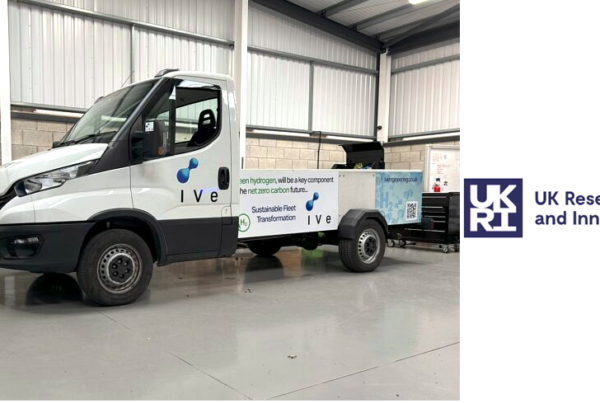
Following a prior energy cooperation agreement, India and Saudi Arabia are further strengthening their energy bonds. Over the weekend in Riyadh, Saudi Arabia, a new Memorandum of Understanding (MoU) was inked by RK Singh, India’s Union Minister for Power and New & Renewable Energy, and his Saudi counterpart, Abdulaziz bin Salman Al-Saud.
According to an official release from the Ministry of Power, the MoU is not just a piece of paper. It’s a structured outline “to establish a general framework for cooperation between the two nations in areas like electrical interconnection, exchanging electricity during peak hours and emergencies, collaborative project development, and co-producing green hydrogen and renewable energy.” Additionally, the agreement highlights the importance of having “secure, reliable, and resilient supply chains” for the burgeoning green hydrogen and renewable energy sectors.
This MoU seems like the next natural step after last month’s energy collaboration pact. An intriguing detail previously reported by Mint on April 25th suggests plans to physically interconnect the two countries’ national power grids using a subsea cable.
This isn’t just about bilateral ties. India’s broader vision, the One Sun One World One Grid (OSOWOG) initiative, is about connecting nations with a universal power grid. The benefits? Shared resources across nations can decrease the dependency on expensive energy storage solutions, making power grids more dependable.
But it’s not just about grand visions and promises. The statement also noted that to drive tangible outcomes, both countries will establish business summits and facilitate regular B2B interactions, concentrating on the energy sectors highlighted in the MoU.
While attending the MENA Climate Week 2023 in Riyadh, Singh took the opportunity to represent India on the global stage. Addressing the assembly, he mentioned, “India stands as a prominent figure in the energy realm today, evolving as a key player in energy transition.” He emphasized India’s commitment, with its significant global population share and status as the world’s fifth-largest economy, to “reduce the emission intensity of its GDP by 45% by 2030, and realize the ambitious goal of Net Zero by 2070.”
Singh also urged the MENA nations to be part of the Global Biofuels Alliance, a collective which originated in September during the G20 Summit in New Delhi. This alliance, with founding members including India, Brazil, and the US, aims to promote sustainable biofuels. It’s noteworthy, however, that Saudi Arabia, a predominant oil producer in West Asia, hasn’t jumped on this bandwagon yet.
On the topic of green hydrogen, Singh showcased India’s intent by sharing details about the country’s National Green Hydrogen Mission, equipped with a substantial initial budget of US $2.3 billion. Singh stressed that for an effective energy transition, individual actions and sustainable choices are paramount. He also introduced the “Lifestyle for Environment (LiFE)” initiative and invited the MENA region to be a part of it.
Read the most up to date Fuel Cell and Hydrogen Industry news at FuelCellsWorks




